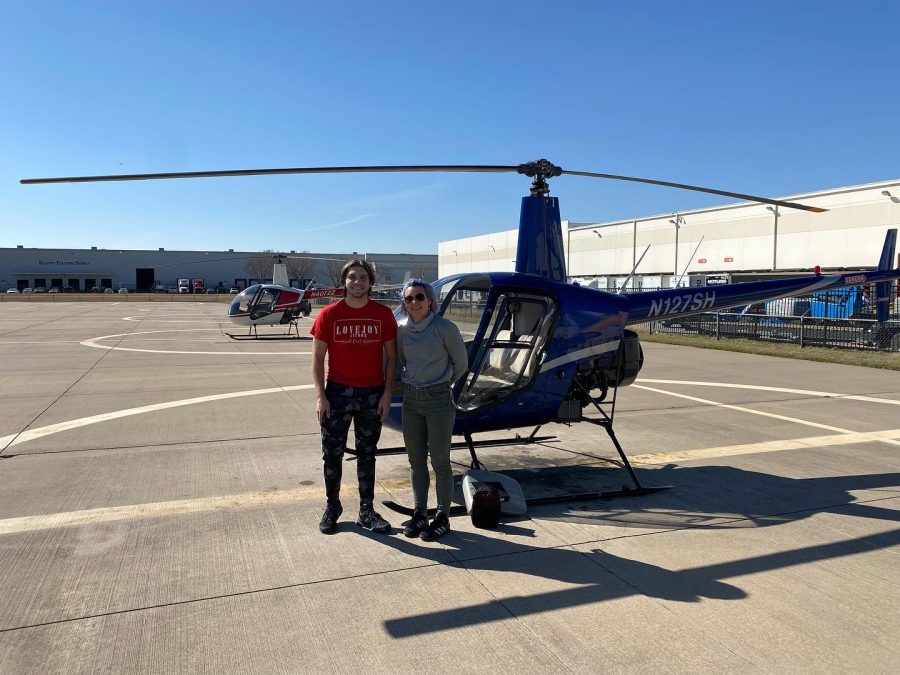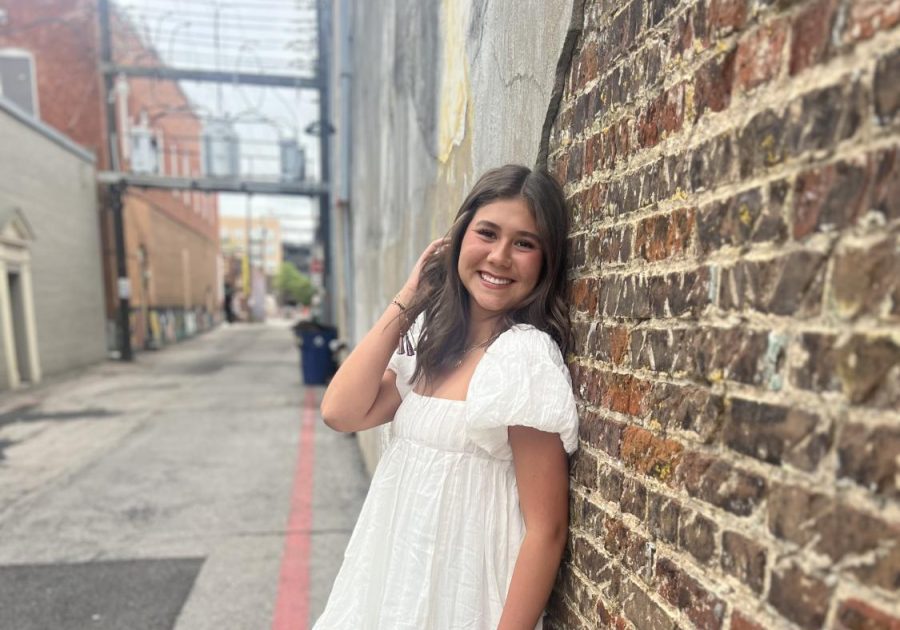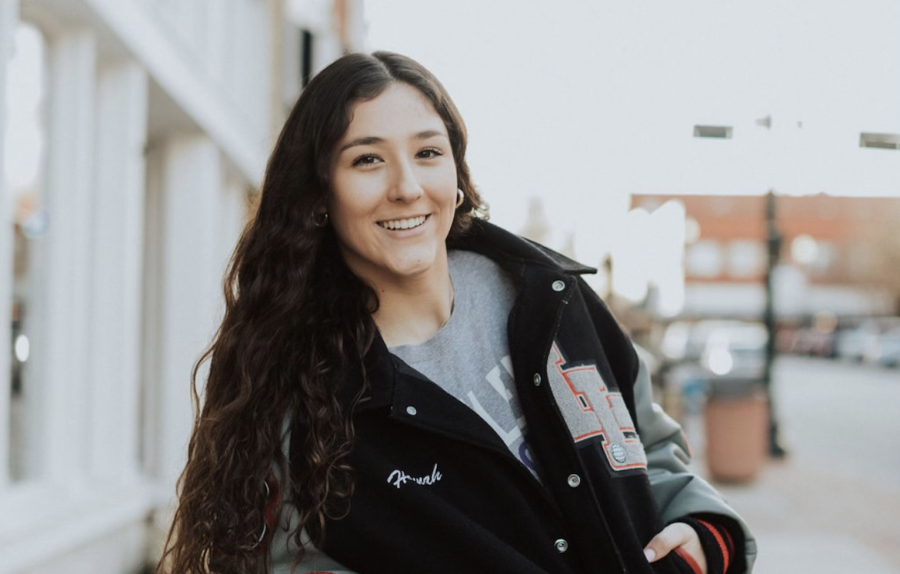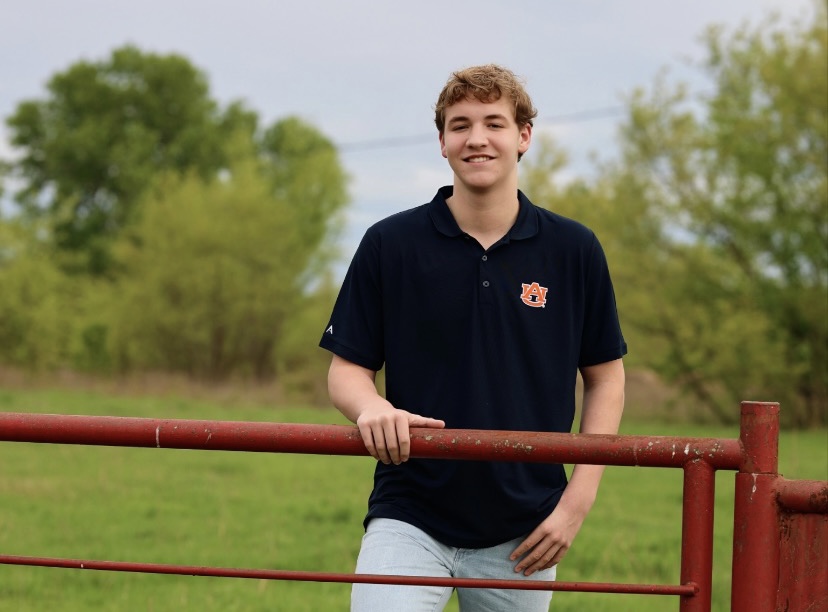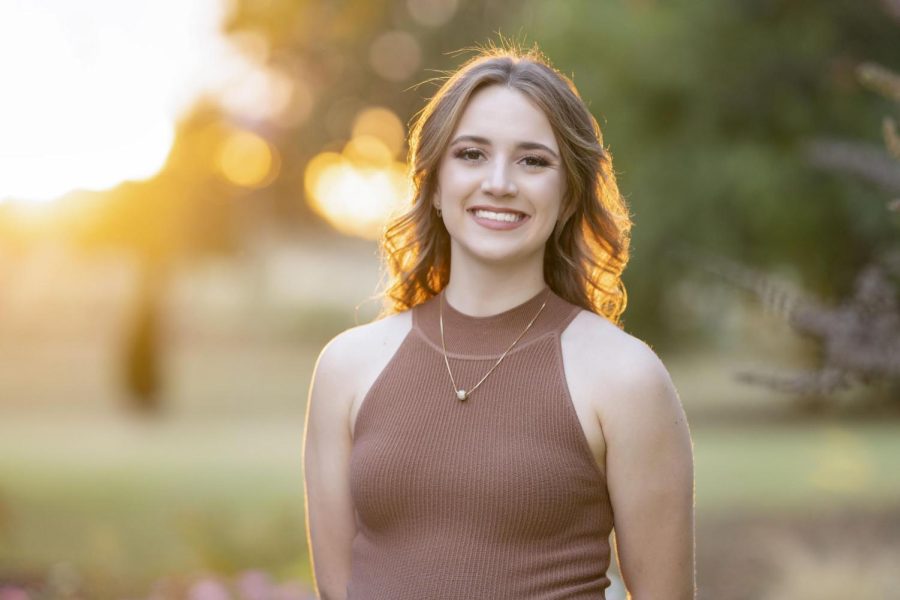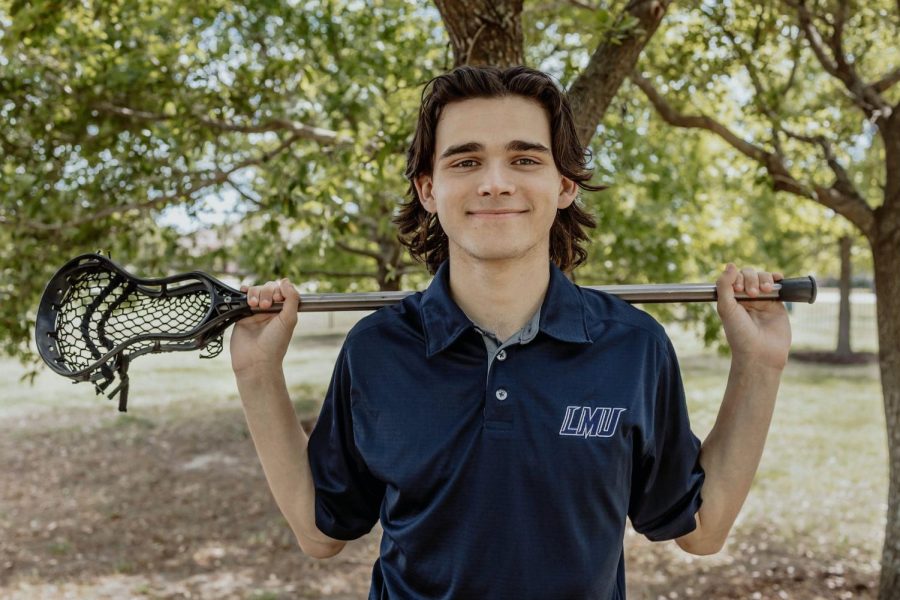I’m 1500 feet in the air.
The collective and cyclic are in my hands. I’m moderating the yaw of the blue Robinson 22 Helicopter.
My flight instructor, Sierra, is giving me directions.
After under 45 minutes of instruction, I’m in control.
Geared up
I’ve been in love with the sky since I could look up and gaze into the deep blue painting-like celestial sphere. By extension, I’ve loved any machine that could get me closer. I remember watching the Red Bull Air Race with my parents, crawling through a 1970s trijet or looking at the colossal B-52 bomber at the National Museum of Nuclear Science and History, and being in awe at the power displayed in these machines. However, beyond that, the freedom they represent, to go anywhere at any time, captured my interest.
When I rediscovered my love for aviation, I started to seek out ways to pursue my passion and get inside the cockpit of something going up. Something about helicopters, the total and absolute freedom while on the edge of instability and stability is appealing to me
A few google searches later, I found it: Sky Helicopters in Garland, Texas.
After pestering my dad all through the months of January and February, he called their heliport and got me a discovery flight in the Robinson 22 Helicopter: a small two-seater with a Lycoming O-360 engine. All I needed to do was wait five long days.
Day of anticipation
The day finally arrives.
March 10.
I hop in my dad’s work car, a hybrid Toyota Camry, along with my mom and brother, and start the traffic-ridden drive to Garland.
We’re standing outside the heliport. It’s smaller than I expected, just a glass facade hiding the key to flight and my possible future behind it.
I want to fly for the army, or navy, or whoever will take me, but I need to figure out if I have what it takes to fly a helicopter.
My nerves are building up, and I notice my surroundings. When I imagined helicopter pilots and helicopter instructors, I imagined grizzled pilots, men, who possessed stories of close calls in the helicopter and a gruff voice.
Apart from one male pilot, everyone, including my instructor Sierra, were women. This did not take away from their presence, though. Each carried pocket knives and a confidence I imagine only helicopter pilots would have.
Sierra came out to greet us and took me back to her office with a large map of all the heliports in the DFW area.
We go through all of the safety procedures involving the R22 and move outside.
Going for a spin
The R22 is a bright blue helicopter with a piston engine and a two-person cockpit.
After looking at the large flywheels, engine, rotor blades and screw tightening points, we run the preflight checklist. I read it to her and she follows through with the instructions printed on the small, laminated paper.
“Release the choke.”
Sierra releases the choke.
“Release cyclic friction.”
Sierra releases the cyclic friction.
“Release collective friction.”
“Engage the engine.”
The aircraft vibrates intensely.
“Monitor engine and motor RPM.”
After running through the 20-step preflight and start lists, we’re in the air.
On the up and up
Ascending to 500 feet.
Sierra is handing me the controls slowly.
Altitude rising: 1000 feet.
“You have the pedals.”
“I have the pedals.”
Sierra puts the collective down slightly, 1250 feet, we begin to turn west.
“You have the collective.”
“I have the collective.”
I can feel the throttle moderated by the automatic RPM governor; it’s twisting by itself in my hand as I moderate the angle of the rotor blades.
“You have the cyclic.”
“I have the cyclic.”
I’m in full control, with Sierra hovering over everything while I juggle all the responsibilities and controls.
If I pitch the aircraft forward, I need to moderate the pedals and move the aircraft slightly right
If I do that, I also need to keep the cyclic up. Not too far up, or else the rotor RPM and manifold pressure will increase beyond safe limits; just enough to keep a cruising altitude of 1500 feet.
We execute a few turns, first to the right, then a bit to the left. The R22’s small size means it’s extra sensitive, so only millimeter movements are required to moderate the cyclic.
The 30-minute flight hovers by as I’m completely occupied with trying to not crash the helicopter. We begin to follow roads back to the heliport, using our compass and landmarks like radio towers.
That’s when it starts to heat up.
The R22 doesn’t have air conditioning.
My window can’t roll down.
The effects of heat exhaustion start to hit me.
I turn pale.
I’m incoherent, overheated.
I can’t think straight.
We’re about to practice hovering when I somehow communicate to Sierra that I’m done for now. She sets down the helicopter; I go to greet my parents and little brother, and I take an extended six-hour recovery nap.
After the heat sickness, the motion sickness and the adrenaline from my first flight, I knew that this is what I want to do.



